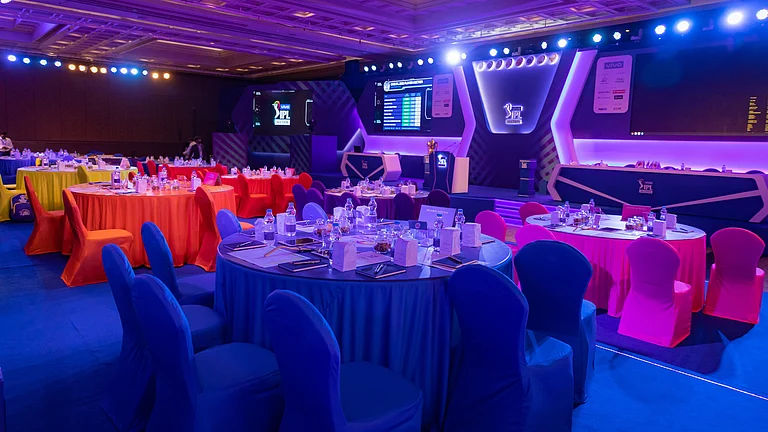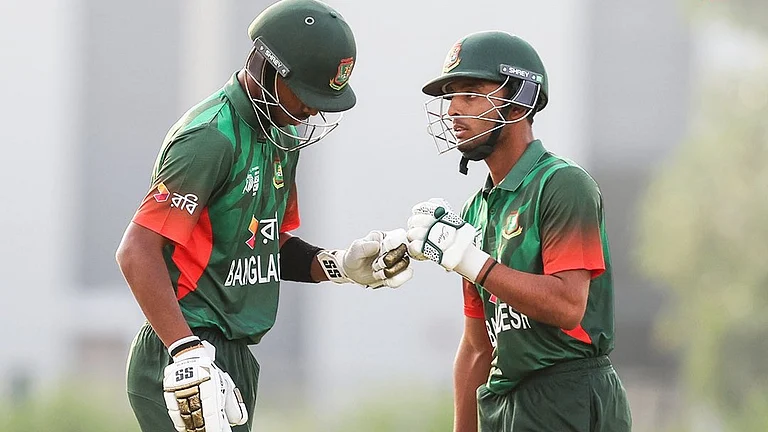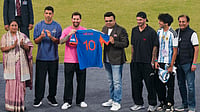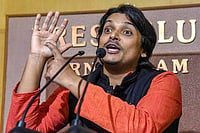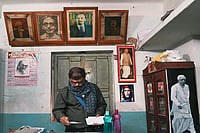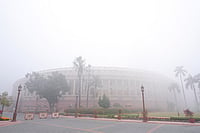Peace and calm seemed to soothen the air in the courtyard of the Thikse Monastery near Leh. The serene expressions of the maroon-robed monks complemented the tranquil air. As we sat cross-legged by the gaggle of brightly coloured prayer wheels, one of the monks politely served us cups of tea.
That’s when everything went awry.
Now I am a big fan of chai, and would hardly ever refuse a cup. But my companion Chetan hadn’t ever had a cup of tea till that day. But now he was in a spot and frankly so was I, because the tea served was Tibetan—unappetisingly green, with strong-smelling yak’s butter floating on top like a thick layer of Atlantic oil spill. I managed to gulp down the ghastly brew, well disguising my grimace. But Chetan turned green as the vile punch glided down his gullet.
That, thankfully, has been my only experience of turmoil concerning tea. I don’t remember a single trip where I haven’t stopped for a cuppa. It has reassured and refreshed, started conversations, caused digestive consternation and won me friends. The beverage that epitomises India and is passionately loved from the north to south comes in various colours and tastes. A few hundred kilometres west of Leh at Sonmarg, I have had a cup of tea infused with saffron and mixed with goat milk, made on a wood stove by a shepherd on the mighty Zoji-La—the eastern gateway to Kashmir. And on the Dal Lake I have relaxed on the portico of my houseboat sipping Kashmiri kawah—clear, amber-coloured and fragrant with spices and herbs.
My favourite tea in the region is brewed further south-east, on the road from Gramphu to Kaza in Himachal. On this stunning drive through gorges and valleys crowded around with mountains lies a one-tea shop hamlet called Chotta Dara. Weary travellers stop here for a breather, and its piece de resistance is the tea—laced with cardamom and ginger with the right amount of sugar.
I found the same taste in an earthen cup filled by a mobile chaiwalla at the Pushkar fair in Rajasthan. He balanced a steaming percolator on his head in which the tea was kept at a simmer. Besides being flavoured with ginger and cardamom, he had added a hint of cinnamon. In Gujarat, they have a tradition of spicy tea. In fact, for many a Gujarati the ideal wake-up tea is eye-wateringly spicy with adrak. This is also the kind you would find in Zhaveri Bazaar or Kalbadevi in Bombay, where the traders are predominantly Gujarati.
While in Bombay you can’t escape the cutting chai served in a typically tapered and bejewelled transparent tea glass. This is brewed in a copper pot and strained out through a muslin cloth coloured from dark brown to dull orange. This kind usually goes well with vada pav or kandaa bhajjiya.
My favourite Bombay tea, though, is the Irani chai that has a distinct milky taste to it. It is best accompanied by broone maska (butter), which is to be dunked in and eaten.
The Parsi chai comes a close second. The bawajis consider it a sacrilege to brew tea and milk together—oh khodai never! Hot water is meant to be poured into a teapot that has tea leaves, a few sprigs of mint and some lemon grass. It is then to be infused for a while and then strained into a cup where milk is added. Go to Navsari or Udwadaa and you’ll find Parsi gents languidly stretched out on their araam chairs, purring at this most satisfactory of teas.
Move south and tea still holds its own, even though coffee starts becoming hugely popular. Stopping at a roadside beverage stall and asking for a cup of tea might earn you querulous looks from life-long aficionados of filter-coffee. The stall owner will mix the tea liquor and milk for you in a steel glass and then perform the arms-flailing, gravity-defying feat of transfering it from one glass to another, and finally serve you tea crested with a fine froth.
Tea is the ubiquitous, multi-coloured thread in India’s patchwork fabric of food. Made on small wood stoves under trees to fancy chai bars, some serving it mild and aromatic, some brewing a potent potable Orwell would approve of, India has claimed tea as its own.
Rishad Saam Mehta is the author of Hot Tea Across India







